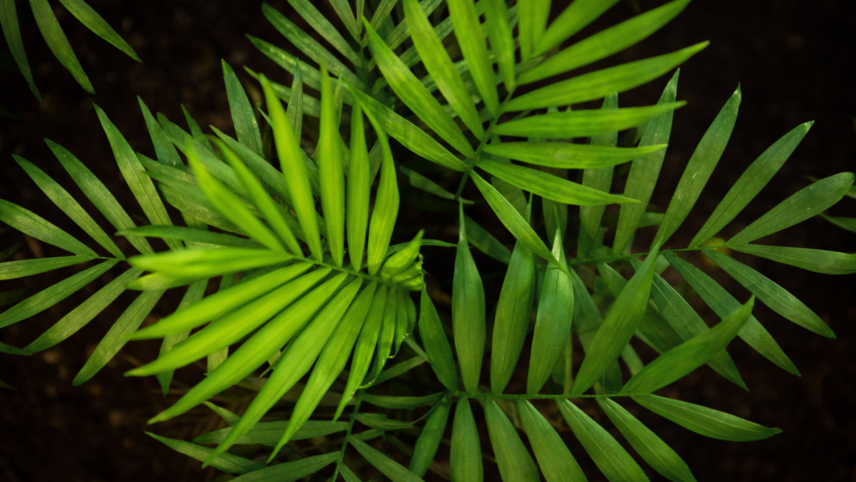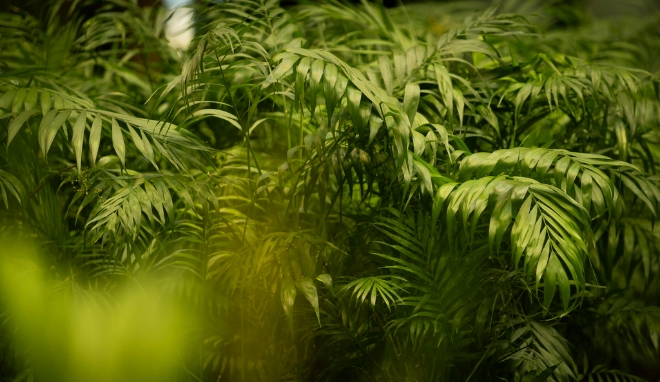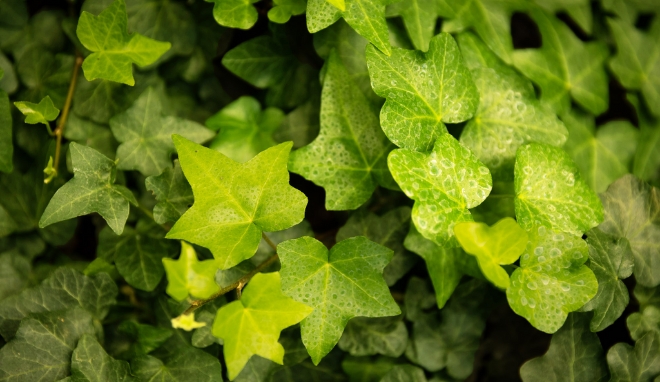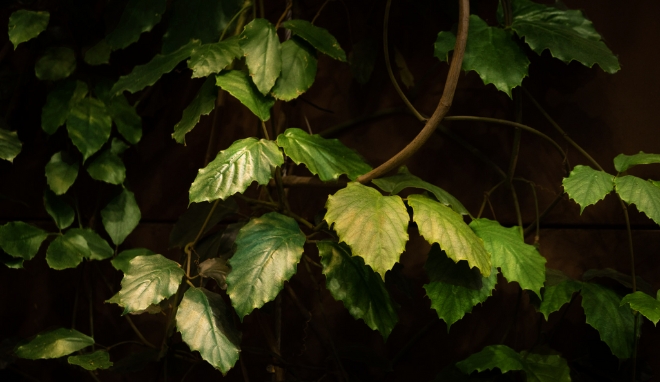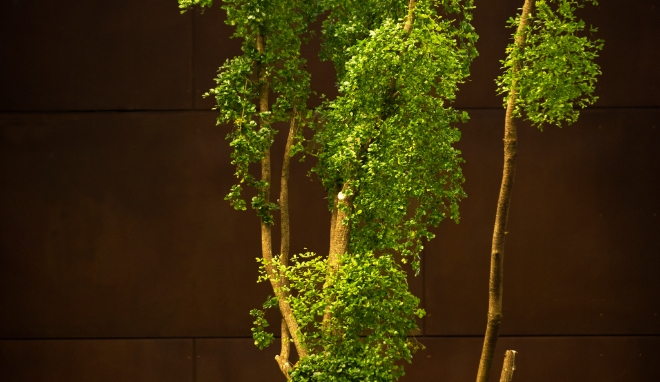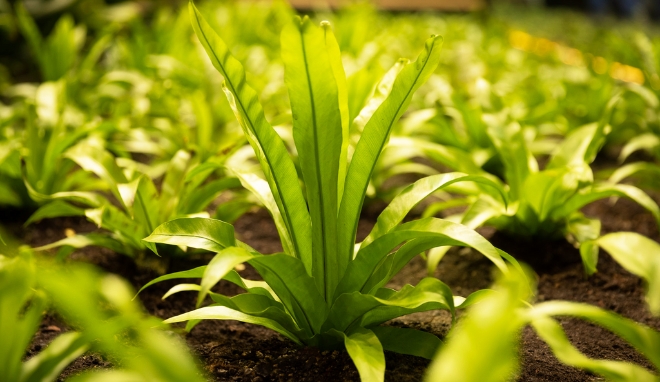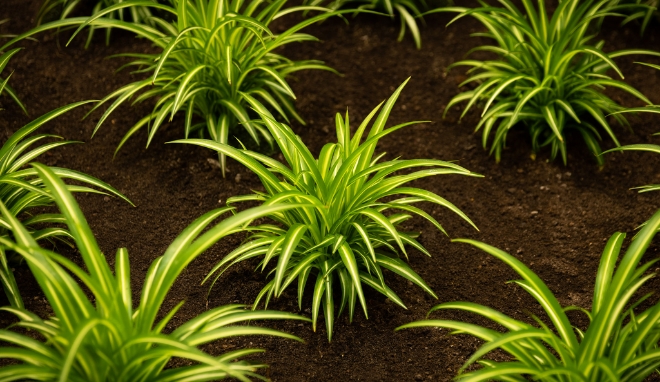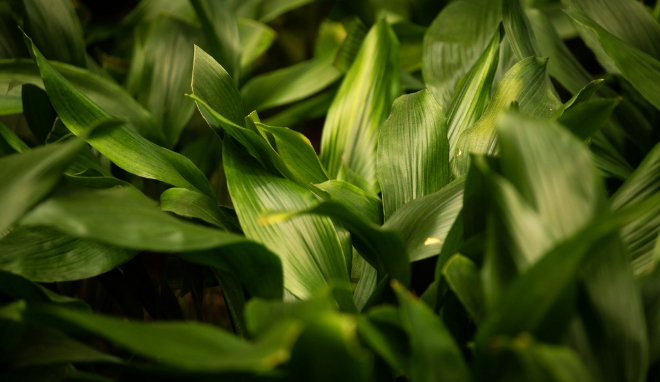
Aspidistra elatior
The cast-iron plant is a forest perennial of the Asparagaceae family. In the wild, it grows in the dark, cool forests of Japan and China. It is cultivated as a potted plant in countries with cooler climates, including Poland. The cast-iron plant is a stemless rhizomatous species that forms irregular clumps of large, single leaves about 60 cm in height, its most striking decorative feature. It rarely blooms, producing red-brown, inconspicuous and very quickly fading flowers close to the ground.
Interesting Facts
/ The cast-iron plant is long-lived.
/ It is perfect for balconies, terraces and interior design.
/ Aspidistra earns its ‘cast-iron plant’ nickname for two reasons. Firstly, and obviously, its leaves are very durable once cut, making it useful in floral arrangements. Secondly, it’s very low-maintenance and does not require any special care or specific site conditions.
/ It grows very slowly, and even small seedlings take years to develop.
/ Due to its hardiness and resilience, it came to symbolise the middle-class conformity that the protagonist rebels against in George Orwell’s novel Keep the Aspidistra Flying (1936).
Cultivation
The cast-iron plant is considered one of the easiest houseplants to grow. It is hardy and simple to care for, tolerating draughts, dust, low humidity, and even deep shade and prolonged periods without water. However, it thrives best in consistently moist soil, which helps it grow faster and maintain its leaf colour. That is why it should be watered regularly but sparingly.
A few centimetres of drainage material (e.g. gravel, expanded clay) should be placed at the bottom of the pot, and excess water should be removed from the pot saucer after watering. Leaves will maintain their shine if occasionally wiped with a damp cloth. While the plant tolerates dry air, it responds well to misting. It requires permeable soil: a universal potting mix can be combined with finely milled bark and perlite. It can grow at room temperature but prefers slightly cooler conditions (10–15°C). It should be planted in snug pots to encourage lush foliage growth.
Propagation is typically done by dividing mature plants, ensuring that each section has a rhizome fragment with roots and at least one leaf. Only older, well-established plants should be divided, ideally during spring repotting.
The cast-iron plant should be repotted every four years, in spring.
